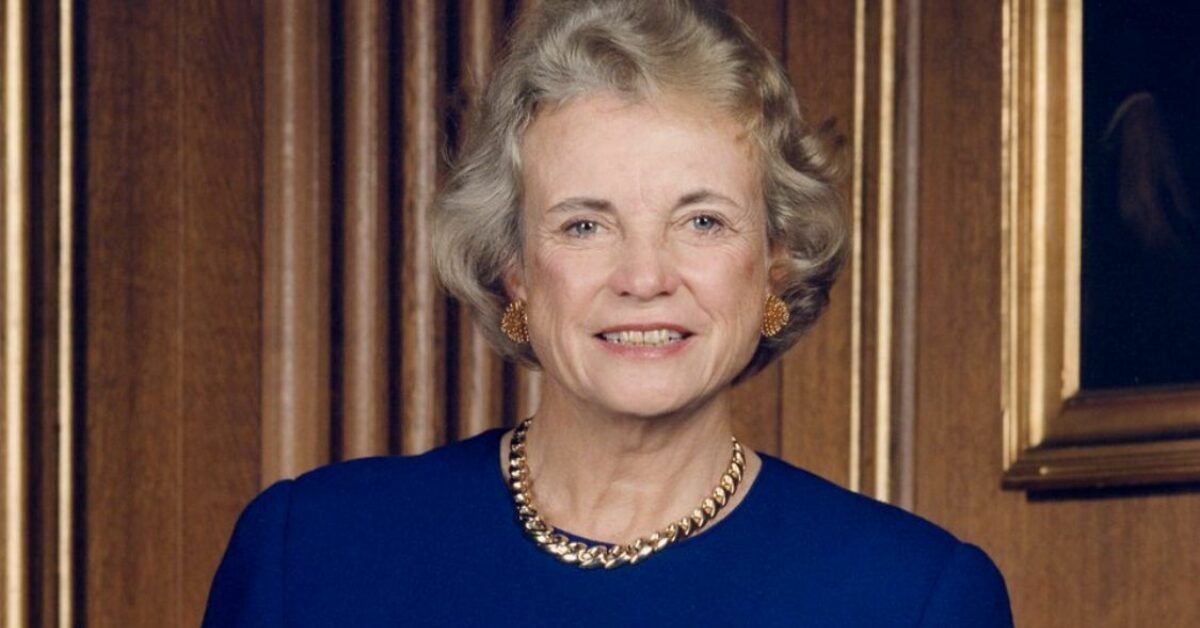How the Late Sandra Day O’Connor, America’s First Female Supreme Court Justice, Evolved on LGBTQ+ Rights Late in Her Career
O'Connor died at age 93 on Nov. 30 from advanced dementia

When Sandra Day O’Connor, who died Nov. 30 at age 93 and served as America’s first female Supreme Court Justice, officiated the first same-sex marriage conducted at the Supreme Court in 2013, she’d been retired from the bench for more than seven years. That heartwarming wedding moment was a continuation of an increasingly progressive path she’d taken during her final years on the court — a path that saw the legal icon evolve from a Reagan-appointed conservative to a vocal gay rights advocate.
It was an ordinary Tuesday in October 2013 when O’Connor presided over the private ceremony of Jeffrey Trammell and Stuart Serkin in the court’s lawyers’ lounge, but the justice’s enthusiastic participation was anything but ordinary for the LGBTQ+ movement. While same-sex marriage had been legal in Washington since 2010, O’Connor’s record on the matter hadn’t always been so favorable.
In 1986, O’Connor sided with the conservative majority in Bowers vs. Hardwick, the first gay-rights case taken up by the Court. The case left Georgia’s anti-sodomy law intact, with Justice Byron White writing that a constitutional right to gay intimacy is “at best, facetious.” Justice Harry Blackmun, in a vigorous dissent, called out the majority, which included a quiet but solidly supportive O’Connor, for an “almost obsessive focus on homosexual activity.”
Somewhere along the way, O’Connor had an apparent change of heart, becoming a reliable swing vote on the court. Ten years after the Bowers case, O’Connor joined Justice Anthony Kennedy and four liberal justices in Romer vs. Evans, which ruled against a Colorado constitutional amendment focused on forbidding local governments from enacting non-discrimination statutes designed to protect gay people. The amendment, the liberal justices wrote, was “a denial of equal protection of the laws in the most literal sense.” The case marked the first time the court had extended constitutional protections to the gay community.
O’Connor became a Supreme Court Justice when President Ronald Reagan appointed her in 1981 when Justice Potter Stewart retired, fulfilling a campaign promise to appoint a woman to the bench during his campaign the previous year. O’Connor, he remarked, was a “person for all seasons.” O’Connor went on to serve 24 years in the role, retiring in 2006 to care for her ailing husband, who died a few years later. She announced in 2018 that she’d been diagnosed with dementia and that she likely had Alzheimer’s disease, as well. The former justice died from advanced dementia on Nov. 30.










